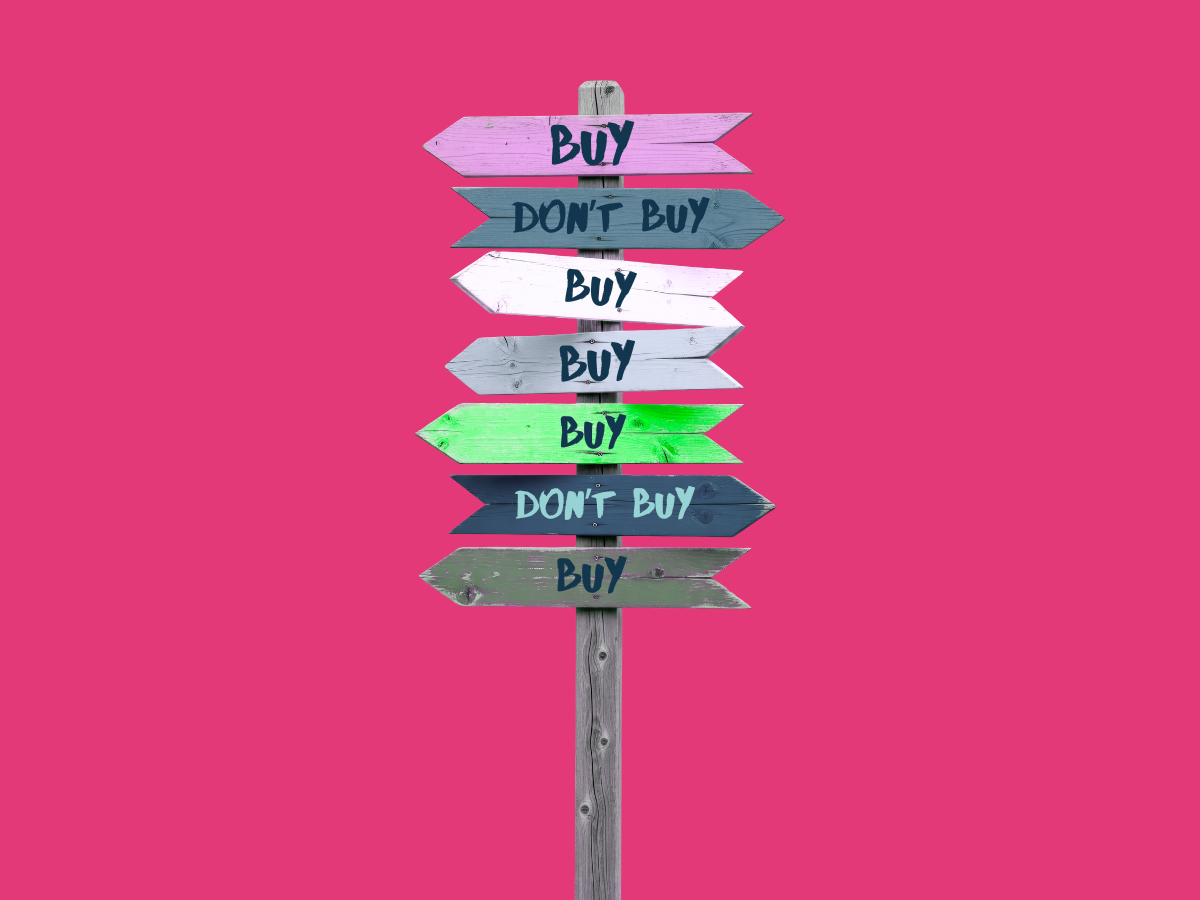You don't need Black Friday if you manage inventory correctly

Black Friday exists to solve a problem most eCommerce businesses create for themselves.
That problem? Inventory sits around for months, burns cash, and then requires desperate discounts to move before year-end.
There's a better way to handle discounts and promotions.
Control sell-through rates continuously
Instead of one massive discount event, use onsite promotions to manage stock velocity every single day.
Here's the approach:
- Fast-moving items get minimal or no promotion
- Normal-moving items receive small, targeted offers to maintain velocity
- Slow-moving items get stronger promotions before they become a problem
- You're adjusting in real-time based on actual performance, not calendar dates
Why continuous optimization beats seasonal panic
Traditional eCommerce CRO focuses on site conversions and customer experience improvements.
But most optimization efforts ignore a fundamental issue: you're trying to convert visitors on products that shouldn't need aggressive discounts in the first place.
Let's compare approaches:
Traditional model: The product sells 60 units monthly against a 100-unit target. You ignore it until November. Then, on Black Friday, you slash prices by 40% to clear inventory.
Continuous model: You notice underperformance in June. Apply a 15% promotion immediately. Hit your 100-unit monthly target. Arrive in November with a balanced inventory and healthy margins.
The same units moved, but there was a completely different margin outcome.
(Your shopping cart never trains customers to wait for holiday sales.)
Setting up sell-through targeting
Every product in your catalog should have an expected sell-through rate based on:
- Order quantity and arrival date
- When the next order arrives
- Seasonal demand patterns
- Historical performance data
When actual performance falls 15-20% behind target, that's your signal to intervene with targeted promotions.
Not in November. The moment deviation occurs.

The inventory flow principle for retail
Think of your eCommerce platform as a pipe, not a bathtub.
Bathtub model: Fill inventory, let it sit, drain it all at once during Black Friday.
Pipe model: Constant flow in, constant flow out, no dangerous buildup anywhere.
Pipes don't need Black Friday. Bathtubs do.
This shift transforms how you approach conversions entirely.
You're not desperately trying to incentivize purchases on stale inventory. You're maintaining a healthy flow that keeps margins intact.
Right-sized interventions for different scenarios
You don't need massive discounts to manage sell-through.
The key is matching promotion intensity to urgency:
Slightly slow items: Small percentage discount, adjusted free shipping threshold, or bundle with popular products
Moderately slow items: Larger discount, prominent homepage placement, dedicated email feature
Very slow items: Aggressive discount, but only on that specific SKU or category

Managing cash flow in real-time
Sitting inventory represents trapped cash.
Every week a product remains unsold, you lose money through storage costs, opportunity costs, and increased markdown risk.
Continuous promotion management converts inventory back to cash before it becomes an emergency.
Before you need Black Friday to rescue your balance sheet.
Preventing the "wait for the sale" problem
Traditional Black Friday approaches train customers to delay purchases.
Black Friday model: Customer learns that patience equals savings. "Don't buy in July when everything will be 50% off in November."
Continuous model: Different products receive promotion at different times. "This specific item is discounted now. Next month, something else will be."
Customers buy when they see value, not when the calendar dictates.
This fundamentally changes your relationship with personalization and customer experience. You're rewarding action, not training patience.
Implementation steps for eCommerce marketers
Start simple with your top-performing SKUs:
- Identify your top 20% of products by revenue
- Set target weekly sell-through rates for each
- Track actual vs. target performance weekly
- When items fall 15-20% behind target, apply small promotions
- When they return to target velocity, remove promotions
Expand the system as you build confidence and refine your processes.
Most eCommerce platforms support this through existing analytics and promotion tools. You don't need new technology. You need new processes.
What November becomes instead
With continuous inventory management, Black Friday transforms from a necessity to a choice.
You arrive at the holiday period with:
- Balanced inventory levels
- No desperate clearance is needed
- Healthy margin positions
- Freedom to make strategic decisions
You could launch new products, run loyalty-only offers, or maintain normal operations.
(You could even close for the holiday if you wanted. Imagine that.)
The real transformation
This approach changes how you think about optimization entirely.
Instead of lurching from crisis to crisis, you respond to reality continuously.
Promotions become a tool for managing business performance, not a panic button you press once annually.
Your conversions improve because you're optimizing the right things at the right time.
Your margins stay healthy because problems never compound for months.
Start today
Pick five products currently moving slower than you'd like.
Add targeted promotions only to those five items.
Track what happens to their sell-through rate over two weeks.
Adjust based on results.
You don't need to overhaul everything immediately. You need to start managing inventory flow before it becomes an emergency.
Black Friday exists because most retailers think about inventory twice yearly: ordering and clearing it.
Control sell-through continuously, and Black Friday stops being necessary.
It becomes optional.
Optional means you can make better decisions about margins, customers, and how you want to run your business.






